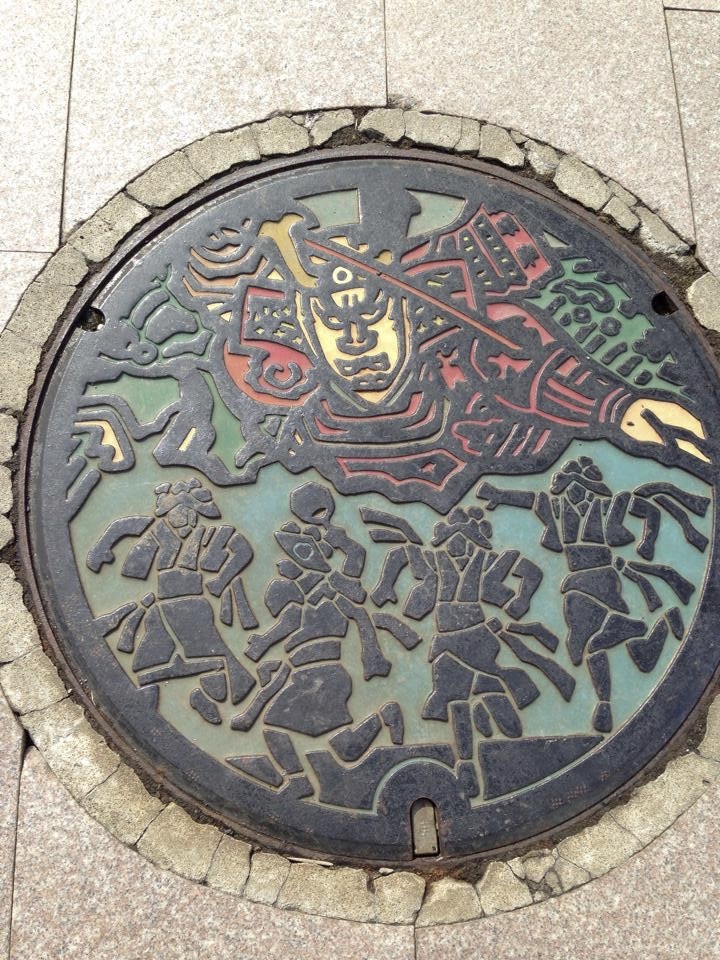Saga is one of those prefectures that not many people outside of the region know anything about. I used to joke that Saga was little more than the prefecture you had to drive through to get to Nagasaki, but in all fairness, the quiet prefecture has a lot of charm and quite a few places that are worth visiting. Takeo, a town famous for its hot spring, is rather nice. My favorite Japanese architect, Kingo Tatsuno, designed the gate and building housing the main public bath in the town. Karatsu to the north is also a town with a lot to see. Then there are the ceramic centers of Imari, Hasami, and Arita. So, while Saga City is not the most inspiring of towns, the prefecture itself has a lot going for it.












